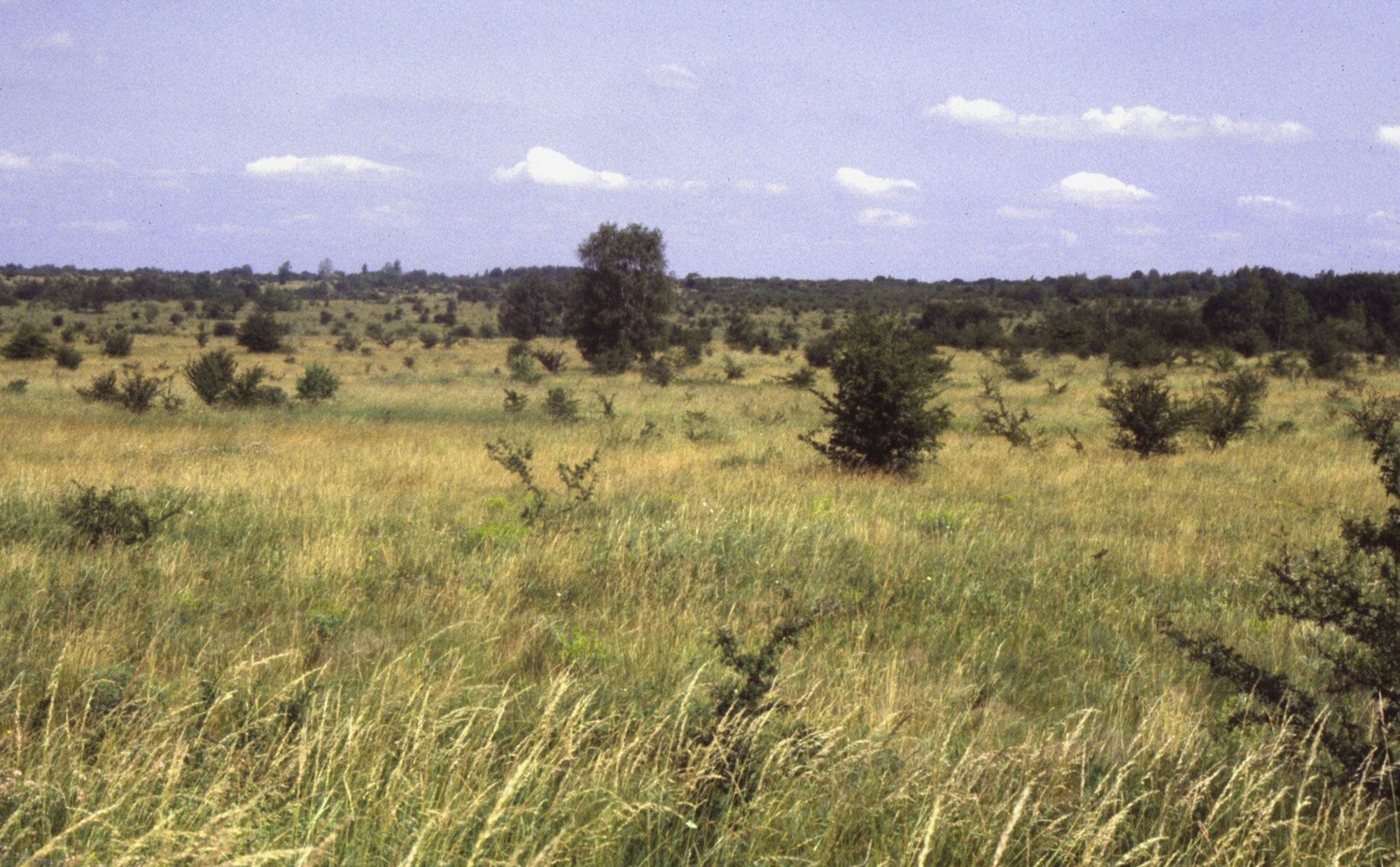
- Home
- Environment
- The first settlements
- The Second Iron Age
In about 475 BC, after being abandoned for a century, a new community settled at the site. A few holes for house posts, some graves and grain stores place the village at "la Noue de Barue". The small family groups buried in the graves are composed of adults, some adolescents and a very few children. There are not enough children to indicate a high rate of infant mortality. The rectangular graves have slightly rounded edges and sometimes a shelf runs along the side to hold offerings (jars, meat).
Women and girls are wearing their jewellery, large necklaces (torcs), bracelets on their wrists, fibulae and occasionally earrings.
The men are generally buried with their weapons: dagger, sword and spear.
The burial ground, like most in Champagne, was abandoned in about 400 BC.
Anthropological and pathological studies have shown that the population was relatively healthy. They had a good diet, with beef, pork and mutton apparently standard fare. Their teeth are quite worn, with few cavities and a few fractures have left clear calluses. It was back problems, mainly arthritis, which had the greatest effect on the local population, and several cases of fused vertebrae have been found. One individual, who died quite young, had been suffering from rickets, seen in the deformed limbs and misshapen skull.





